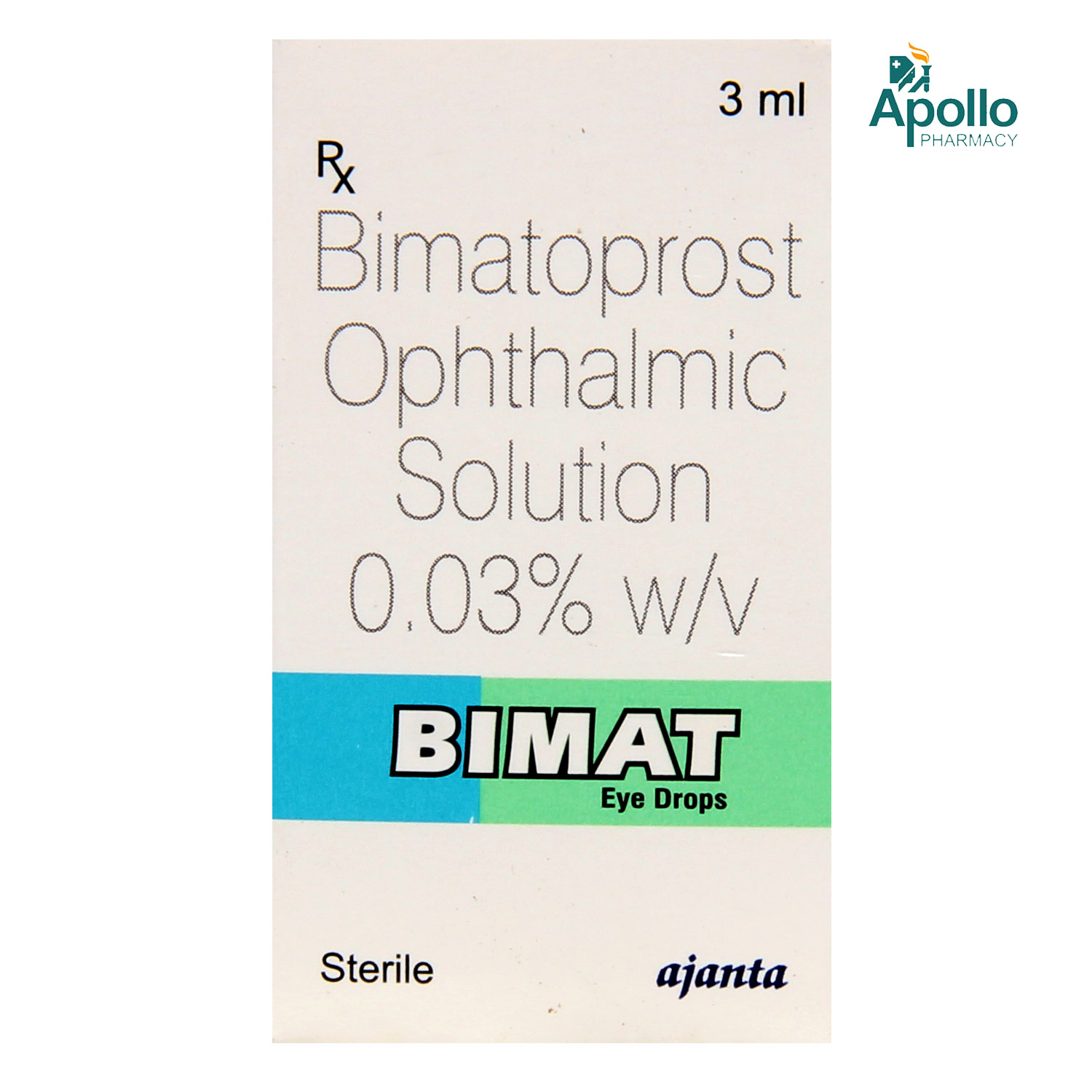Synoprost Eye Drop

MRP ₹159
(Inclusive of all Taxes)
₹23.9 Cashback (15%)
know your delivery time
Provide Delivery Location
Composition :
Manufacturer/Marketer :
Consume Type :
Return Policy :

Secure Payment

Trusted by 8 Crore Indians

Genuine Products
Therapeutic Class
Country of origin
FAQs
Disclaimer
Alcohol
Safe if prescribed
No interaction was found. However, it is advisable not to take or limit alcohol as a precautionary measure.
Pregnancy
Consult your doctor
Synoprost Eye Drop is generally safe to take during pregnancy. If you have concerns, discuss them with your doctor before using Synoprost Eye Drop.
Breast Feeding
Consult your doctor
Synoprost Eye Drop is generally safe to take in breastfeeding. If you have concerns, discuss them with the doctor before using Synoprost Eye Drop.
Driving
Safe if prescribed
Synoprost Eye Drop can cause side effects like eye itching, eye burning or eye pain which can affect your driving ability. Hence, avoid driving after using Synoprost Eye Drop.
Liver
Consult your doctor
Synoprost Eye Drop to be used with caution if you have a history of liver diseases/conditions. Please consult the doctor; your doctor will prescribe only if the benefits outweigh the risks.
Kidney
Consult your doctor
Synoprost Eye Drop to be used with caution if you have a history of kidney diseases/conditions. Please consult the doctor; your doctor will prescribe only if the benefits outweigh the risks.
Children
Safe if prescribed
It can be safely used in children if prescribed by a doctor.
Product Substitutes
Reference
- https://medlineplus.gov/druginfo/meds/a602030.html
- https://www.drugs.com/mtm/bimatoprost-ophthalmic.html
- https://www.accessdata.fda.gov/drugsatfda_docs/label/2006/021275s013lbl.pdf
- https://www.glaucoma.org/treatment/what-vitamins-and-nutrients-will-help-prevent-my-glaucoma-from-worsening.php#:~:text=A%20recent%20study%20suggests%20that,part%20of%20a%20healthy%20diet
About Synoprost Eye Drop
Synoprost Eye Drop contains an ophthalmic medication called bimatoprost is used to treat raised /increased pressure in the eye in patients suffering from open angle glaucoma or ocular hypertension. Glaucoma is an eye disease in which the optic nerve is damaged. This damaged nerve leads to an increase in eye pressure abnormally. Synoprost Eye Drop is used alone or in combination with other drugs for treating increased eye pressure.
Synoprost Eye Drop contains Bimatoprost, which is a prostaglandin analogue. It is primarily used in treating high pressure in the eye. It works by increasing the production of aqueous humour (fluid in the eye) and reducing eye pressure.
Synoprost Eye Drop is for ophthalmic use only. Before using it, wash your hands thoroughly to avoid any infection. If you wear contact lenses, remove them before using Synoprost Eye Drop, and you can put them back 15 minutes after using Synoprost Eye Drop. This medicine may cause certain side effects, such as eye itching and conjunctival hyperemia (inflammation in the eye) in some cases. Most of these side effects of Synoprost Eye Drop are temporary, do not require medical attention, and gradually resolve over time. However, if the side effects persist, contact your doctor.
Synoprost Eye Drop should be avoided if allergic to it or sulphonamides. Never encourage self-medication or suggest your medicine to someone else. You should not stop taking Synoprost Eye Drop suddenly as it may increase eye pressure. Do not take Synoprost Eye Drop if you have/had a severe kidney problem or liver disease. Check with your doctor before starting Synoprost Eye Drop if you have dry eyes and cornea problems. Also, Synoprost Eye Drop should not be stopped suddenly as it may lead to severe side effects. Do not take any other eye medication with Synoprost Eye Drop without consulting your doctor.
Uses of Synoprost Eye Drop
Medicinal Benefits Mweb
Key Benefits
Synoprost Eye Drop contains Bimatoprost, which is a prostaglandin analogue. It is primarily used in treating the high pressure of the eye in patients with glaucoma. It works by increasing the production of aqueous humour (fluid in the eye), thereby reducing eye pressure. If the pressure is too high, it can also lead to loss of sight. Synoprost Eye Drop should be put only in the infected eye, and contact with the normal eye should be avoided.
Directions for Use
Side Effects of Synoprost Eye Drop
- Eye itching
- Conjunctival hyperemia (inflammation in the eye)
- Dry eyes
- Burning eyes
- Eye pain or irritation
- Eye tearing
- Headaches
- Darker skin around your eye
Drug Warnings
Do not use Synoprost Eye Drop if you are allergic or hypersensitive to Synoprost Eye Drop, other antibiotics, or sulfa drugs. Inform your doctor about all the prescription and non-prescription medications you are taking, especially eye medications and products that contain aspirin and vitamins. If you have a kidney problem, uveitis, macular oedema, or are pregnant or breastfeeding, inform your doctor before starting Synoprost Eye Drop, and dose adjustment may be required. If you are taking other eye medication, please tell your doctor beforehand. If you wear contact lenses, remove them before using Synoprost Eye Drop, and you can put them back 15 minutes after using Synoprost Eye Drop. Wash your hands properly before using Synoprost Eye Drop to avoid any infection.
Drug-Drug Interactions Checker List
- LATANOPROST
- TAFLUPROST
- TRAVOPROST
- UNOPROSTONE
Habit Forming
Diet & Lifestyle Advise
- Avoid intake of baked foods such as cakes, cookies, doughnuts or fried items such as French fries and stick margarine as these foods may worsen glaucoma and damage the optic nerve.
- Cut down your coffee intake as it may increase pressure in the eye, and replace coffee with green tea.
- Avoid exercises such as any position where the head is lower than the body, like an inverted yoga pose, as it may increase pressure in the eye. Doing selective exercises is advised for glaucoma patients.
All Substitutes & Brand Comparisons
RX
Senzopt 0.03 % Eye Drops 3 ml
Senses Pharmaceuticals Pvt Ltd
₹93.5
(₹28.07/ 1ml)
41% CHEAPERRX
Doprost-B 0.03%W/V Eye Drops 3ml
Does Health Systems Pvt Ltd
₹212.5
(₹63.77/ 1ml)
33% COSTLIERRX
Out of StockBeematol Eye Drop
₹250
(₹75.0/ 1ml)
57% COSTLIER

Have a query?






